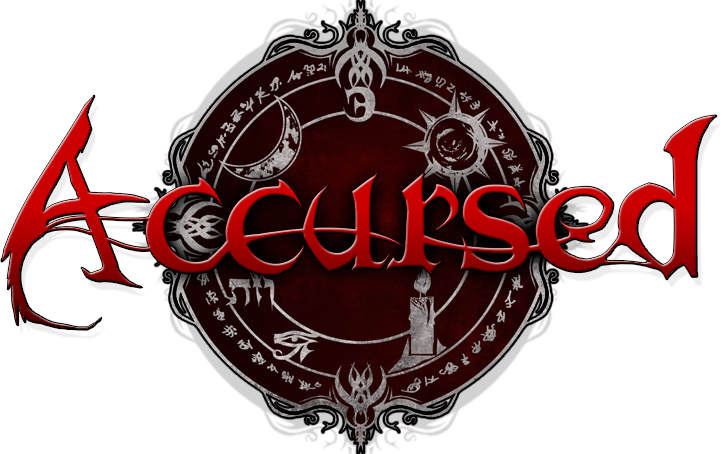Spells, curses, charms, chants, or hexes – all of these are part and parcel of witchcraft as it is known on Morden. Witchcraft is the manipulation of magic to achieve specific goals – and it is the most powerful tool of the Witches that have conquered Morden. However, it is not the Witches alone who can wield witchcraft and channel it into charms or spells. Many banes and some humans can learn to harness the supernatural forces of witchcraft. This magic can accomplish tasks both small and large, from cleansing the dirt out of a hovel to collapsing a mountain pass. There is an astonishing variety of uses for witchcraft, and the use of this magic in itself is neither particularly good nor evil. Those who perform witchcraft as agents of the Witches are known as warlocks, while those who seek to use witchcraft instead for the common good or to aid in the resistance against the Witches’ dark influence are often called “white witches.”
The specific manner in which a warlock or white witch wields witchcraft can take many forms. Across Morden and the Discordian Sea, there are innumerable different styles and approaches. However, the forms of witchcraft that are most often seen in Morden are three: invocation, sympathy, and sigilism.
Invocation is the broadest form of witchcraft and is often associated with charms and spells of low complexity, such as spells that are often used in battle. Invocations take the form of commands, often as the warlock or white witch calls elements of the world into his magic to take form as the spell. An example of an invocation to create a blast of ice or frozen wind would be thus: “I call the North Wind from the sky, take form of frost and razor, to my enemies fly!”
Witchcraft that involves sympathy draws a link between the warlock or white witch’s charm and the target. Like produces like, and an effect resembles its cause. Sympathetic magic often is used in spells that affect the body, such as to cause harm or healing, and in charms that involve the senses, such as illusions or to cause light and darkness. A warlock using sympathy and contagion could focus his energies upon a piece of earth taken from a road, and by moving his small sample of earth he could cause vast portions of the road to move as well.
The practice of sigilism requires the warlock or white witch to create a symbol, drawing, or other representation of what he wishes to accomplish with his witchcraft—the result is called a sigil. The warlock then concentrates on the sigil, filling it with his will and his power, and through the sigil the spell or charm takes form. Sigilism witchcraft typically involves physical, nonliving objects such as stone or wood, and sigilistic witchcraft typically produces very long-lasting effects.
The effects of witchcraft can be incredibly useful to nearly any enterprise upon Morden, but there is a risk to tapping into these unnatural powers. Using magic associated with a particular Witch gives that being a hold upon the caster, meaning that many warlocks and white witches have paid a steep price for their gifts. This risk can be managed and often is minimal for minor charms with prior planning and a strong will. However, the risk is always present, and only escalates in times where great power or hasty preparation is required. The Enochians, perhaps surprisingly, do not speak out against white witches—the church acknowledges that witchcraft incurs a threat to the caster’s soul, but little more. It is known that the Enochians have sponsored some of their own to learn the ways of white witchcraft in order to better oppose the banes and Witches plaguing Morden.

No comments:
Post a Comment